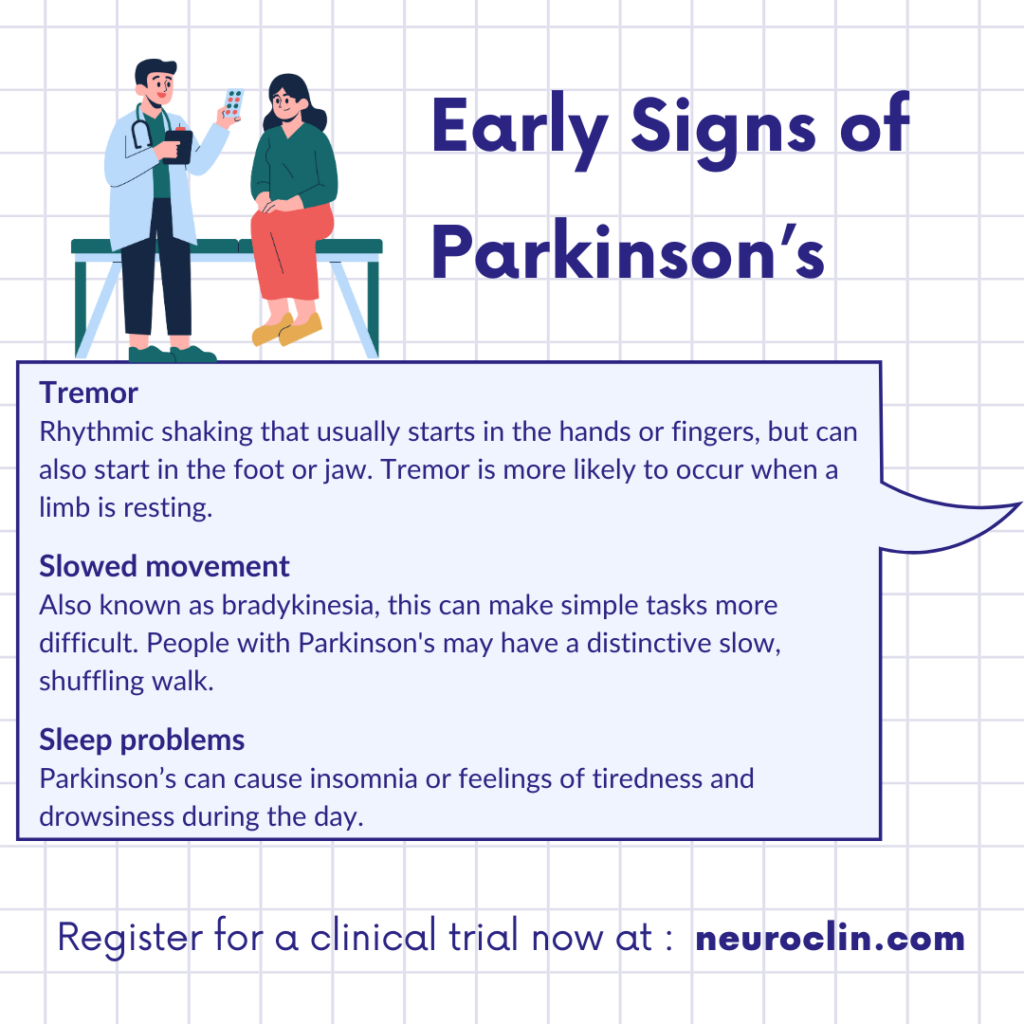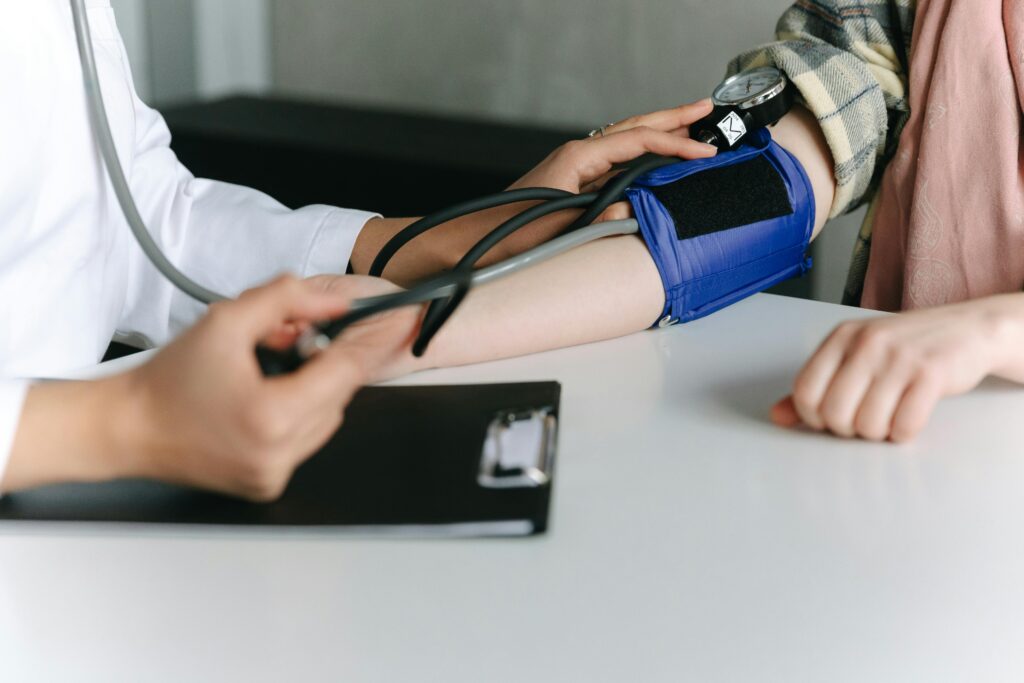
What is Parkinson’s
Parkinson’s disease is a complex neurodegenerative condition affecting millions worldwide. It’s a progressive disorder, meaning that symptoms develop gradually and worsen over time, impacting a person’s ability to move, think and even feel.
Parkinson’s is commonly associated with tremor, but it involves much more than just shaky hands. In this blog, we’ll explore what Parkinson’s disease is, its causes, symptoms, treatment options and what living with Parkinson’s can be like.
What Causes Parkinson’s Disease?
The exact cause of Parkinson’s disease remains unknown, but research shows that it involves the gradual loss of dopamine-producing neurons in a specific part of the brain called the ‘substantia nigra’ (Latin for ‘black substance’) located on the lower side of the midbrain.
Dopamine is a crucial chemical messenger, referred to as a ‘neurotransmitter’, which is responsible for sending electro-chemical signals between the brain, nervous system, muscles and glands to help coordinate and control movement. When dopamine levels decrease, it becomes harder for the brain to regulate these muscle movements, leading to many of the physical symptoms associated with Parkinson’s.
Although we don’t know why some people develop Parkinson’s, several factors may increase the risk:
- Genetics: Around 15% of people with Parkinson’s have a family history of the condition linked to certain genetic expressions.*
- Environmental Factors: Exposure to certain toxins or heavy metals and even traumatic brain injuries may increase risk.
- Age and Gender: Parkinson’s usually develops after age 60; diagnosis is more prevalent among male populations.
Recognising the Symptoms
Parkinson’s symptoms vary widely from one individual to another and progress at different rates. Symptoms are generally divided into two categories: motor and non-motor.
- Motor Symptoms:
- Tremor: A shaking or trembling, typically starting in the hand or fingers.
- Rigidity: Muscle stiffness that can make movement uncomfortable and restrict range of motion.
- Bradykinesia: This refers to slowness of movement, making even simple tasks like buttoning a shirt challenging.
- Postural Instability: Difficulty with balance and coordination, which increases the risk of falls.

- Non-Motor Symptoms:
- Mood and Mental Health: Depression, anxiety, and apathy are common and may even appear before motor symptoms.
- Sleep Disturbances: Issues like insomnia, vivid dreams and daytime drowsiness are frequent.
- Cognitive Changes: Some people experience slower thinking or difficulty with memory.
- Other Physical Changes: These can include constipation, loss of sense of smell and speech difficulties.
Because non-motor symptoms are less visible, they’re sometimes overlooked, even though they can significantly impact an individual’s quality of life.
How is Parkinson’s Diagnosed?
Diagnosing Parkinson’s isn’t straightforward. There’s no single test for Parkinson’s, and early symptoms can mimic other conditions. Diagnosis typically involves a thorough evaluation of medical history, a physical and neurological examination, and observing how symptoms progress over time. Some tests – like imaging and/or bloodwork – may be conducted to rule out other conditions with similar symptomology. A neurologist specialising in movement disorders is usually involved in making the formal diagnosis.
Living with Parkinson’s:
Treatment and Management
Although there is no cure for Parkinson’s, there are treatments available to help manage symptoms and improve quality of life.
- Medications: The mainstay of Parkinson’s treatment is medication, especially drugs that increase or substitute dopamine levels, like Levodopa. Medications can help manage symptoms but may need adjustments over time due to side effects or changes in efficacy.
- Surgical Options: For those who don’t respond well to medication, more invasive options such as Deep Brain Stimulation (DBS) may be a viable option. DBS involves implanting a device that sends electrical impulses to specific brain regions, helping to regulate abnormal signals.
- Physical and Occupational Therapy: These therapies help maintain mobility, flexibility and muscle strength, allowing people to maintain independence and improve their quality of life.
- Lifestyle Adjustments: Exercise, a balanced diet and staying mentally active can also help manage symptoms and slow progression.

The Importance of Research and Clinical Trials
Ongoing research is critical in understanding Parkinson’s disease better and developing new treatments. Clinical trials play a central role in finding solutions that could improve symptom management and one day, perhaps, lead to a cure. By participating in clinical trials, people with Parkinson’s can contribute to the advancement of scientific discovery while possibly gaining access state-of-the-art therapies before the general public. If you or a loved one is interested, there are resources to help find clinical trials in your area.
Supporting Someone with Parkinson’s
If someone you know is living with Parkinson’s, there are many ways you can support them. Encouragement, patience and understanding go a long way. Sometimes, simply offering a listening ear can make a big difference. Being informed about the condition can also help you empathise with their experiences and be an advocate for their needs.
Conclusion
Parkinson’s disease is a journey that requires resilience, support and ongoing management. Understanding the condition is the first step in building awareness, reducing misinformation and fostering a supportive community for those affected. With ongoing research, advancements in treatment and support from loved ones, many individuals with Parkinson’s disease can live fulfilling lives.

Contact Information
Telephone : 0141 9480206
Pre-Screener : Parkinson’s Pre-Screener
*John Hopkins Medical Centre